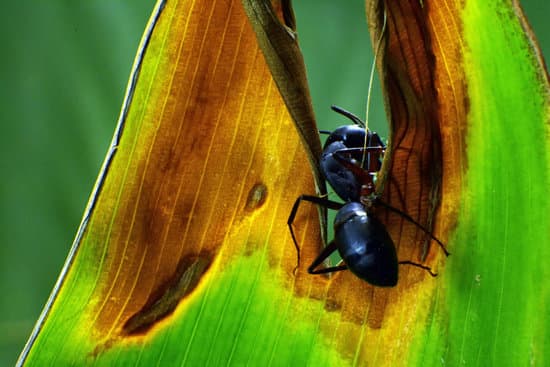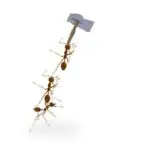How Do Ants Release Pheromones?
Among the many ways ants communicate with each other, one of the most effective is through pheromones. Pheromones can be used to signal food sources, signal danger, or signal sex. In some species, ants release different chemicals with different scents.
Many common species of ants release pungent smells when in danger. Ants also release alarm pheromones when disturbed. These smells act like a medieval war horn. They can be detected by other ants several centimeters away.
Foragers often release pheromones when they find food. They leave trails of pheromone to indicate the food source. Some species of ants also leave trails of pheromone when they return to the nest. This allows other ants to find the food source.
Ants release alarm pheromones when they are being diverted from their work. They also release pheromones when they are injured. This chemical is designed to get other ants riled up for a fight. They also release pheromones to signal that they are in a territory.
Several studies have considered the effects of crowding at the food source on ant behavior. Among the studies, ants showed a preference for solitary feeding. In addition, they deposited less pheromone when they returned from a food source alone. They also deposited less pheromone when the food source was occupied by nest-mates.
Ants have an entire language built on smells. They use pheromones to signal food sources, danger, sex, and more. This information can be spread among other ants in the colony, and ants can identify other ants.








